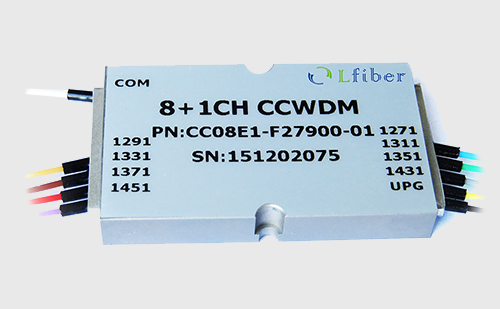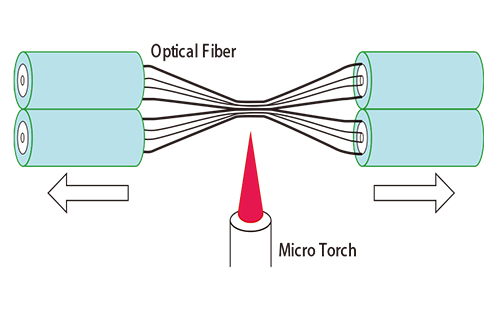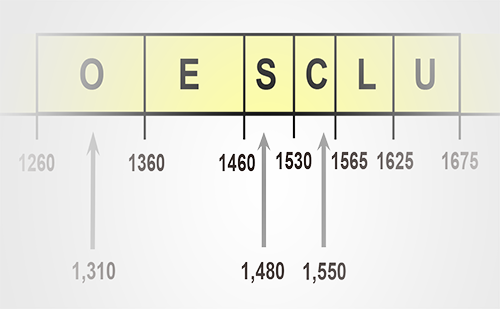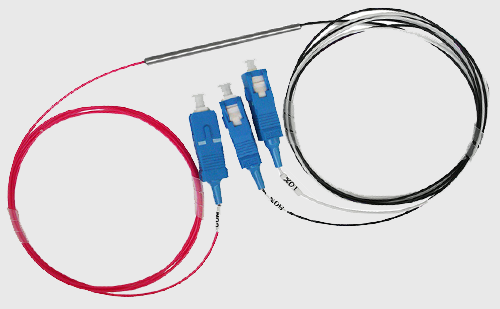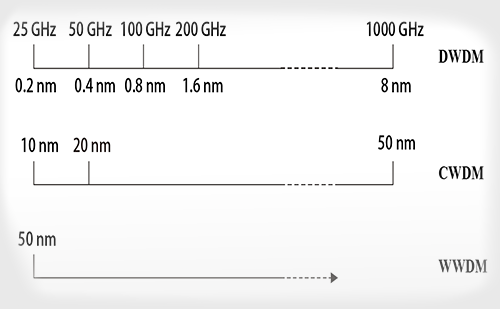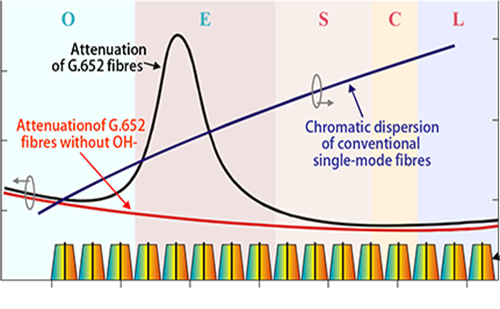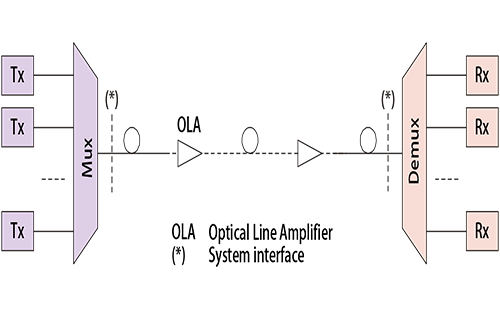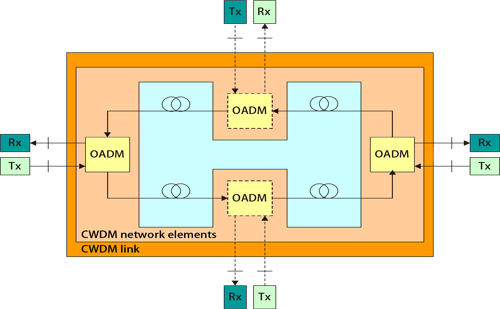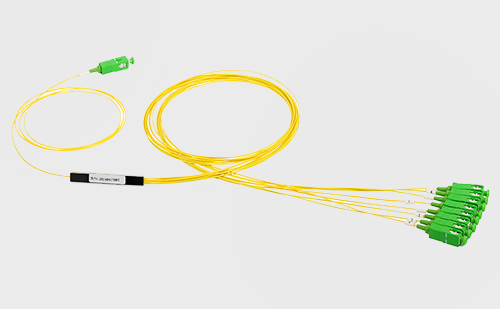Discover the Fiber-optic World
The use of optical technologies will greatly help to support the bandwidth requirements of next-generation networks and related applications. Lfiber has invested a great deal of time and effort in R&D. We provides extensive range of products and one-stop solutions for your fiber-optic applications.
Discover the fiber-optic world now!
